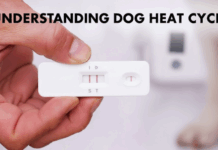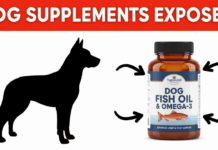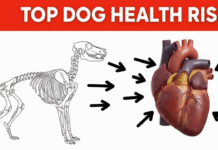Last Updated on June 5, 2023 by Dogs Vets
Top: 7 Dog Breeds For Hot Summer
As summer rapidly approaches and the temperatures begin to rise, it’s essential to keep our furry friends in mind. Not all dogs have the same tolerance for heat.
Some dog breeds, owing to their ancestral environments and physical traits, are particularly adept at staying cool even as the mercury climbs.
If you live in a region where the summers are sweltering, or if you’re just someone who enjoys outdoor activities in the summer months, selecting a breed that loves the heat as much as you do could be a game-changer.
Before we delve into these remarkable breeds, let’s remember that no matter how well-adapted a dog is to high temperatures, every dog needs protection from the extreme heat.
Regardless of the breed, always ensure your dog has access to ample shade, plenty of fresh water, and avoid strenuous exercise during the hottest parts of the day.
With that in mind, let’s explore seven dog breeds that handle the summer heat with style and grace, remaining cool and comfortable even as temperatures soar.
Crucial Safety Tips for Hot Weather
While certain breeds are inherently more adapted to warm climates, it’s essential to remember that all dogs require diligent care on scorching days to prevent heatstroke.
Under no circumstances should you leave your dog in a hot car, always ensure your dog has access to fresh water, and never leave your dog outside for long periods without supervision.
Understanding Canine Characteristics in Relation to Heat
A dog’s physical attributes can offer significant insight into its heat tolerance. The most prominent feature to consider is its coat.
Just as a person sweltering in a heavy, dark fur coat in the peak of summer seems impractical, a double-coated, dark-haired dog might also struggle with the heat.
Dogs that fare best in hot climates typically have short hair, lack hair, or possess a single coat that is often a lighter shade, such as white, tan, or gray.
Dogs with long noses are generally better adapted for warmer temperatures.
Their elongated muzzles efficiently process warm air, cooling it down by the time it’s inhaled. Furthermore, dogs with large, upright ears have a quicker cooling mechanism compared to those with droopy ears that can trap warm air.
Following is a list of Top: 7 Dog Breeds For Hot Summer that demonstrate exceptional adaptability to tropical temperatures, making them some of the best companions for hot weather.
1. Greyhound

The Greyhound is a dog breed known for its aerodynamic and slim physique, making it well-suited for hotter climates. These dogs have a thin coat of fur and less body fat, which allows for efficient body heat dispersion.
Greyhounds are also an incredibly adaptable breed. They’re equally at home in a city apartment or a country house, provided they have a cool place to relax. Despite their racing pedigree, Greyhounds are surprisingly low-energy dogs, needing only a few brief, high-intensity play sessions throughout the day.
Remember to always provide your Greyhound with plenty of shade and water during the hot summer months.
2. Chihuahua
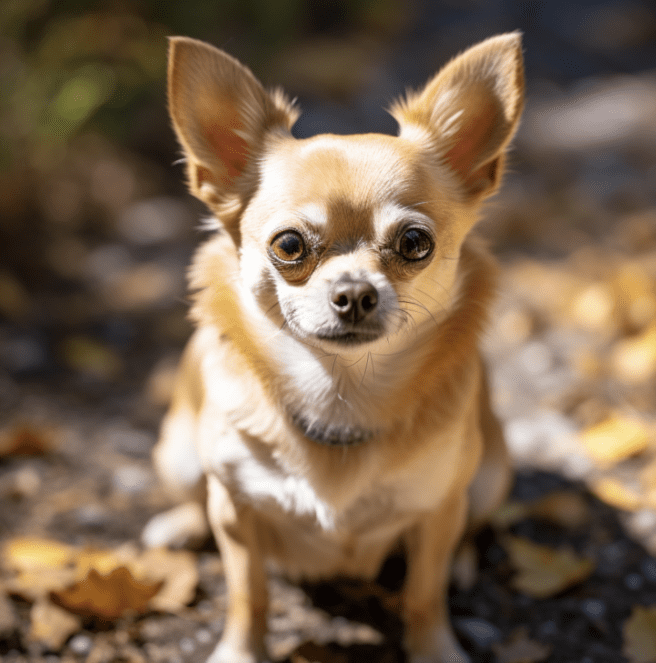
Originally from Mexico, the Chihuahua is a dog breed that can handle hot temperatures better than many other breeds. These tiny dogs have a short coat and can find shade in places larger dogs can’t, making them perfectly adapted to a hotter climate.
However, their size also means they’re prone to dehydration, so make sure they have constant access to water. Their personality is as vibrant as the summer sun — they’re lively, alert, and full of energy!
3. Basenji
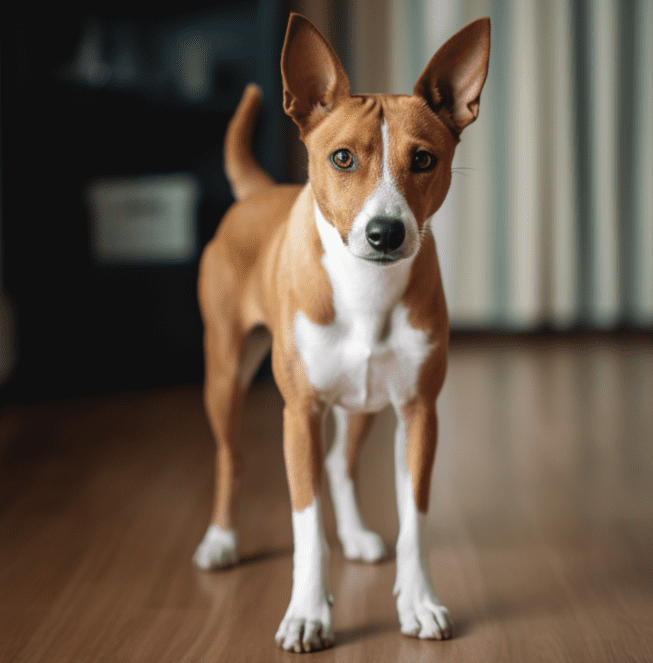
Known as the “barkless dog,” the Basenji is a small to medium-sized breed from Central Africa. They have short hair and small bodies, which makes them adept at handling the heat. Their ears are large and erect, helping to disperse heat and regulate body temperature.
Basenjis are intelligent and independent dogs. They require physical and mental stimulation, so interactive games and puzzles can keep them engaged when it’s too hot for outdoor activities.
4. Afghan Hound
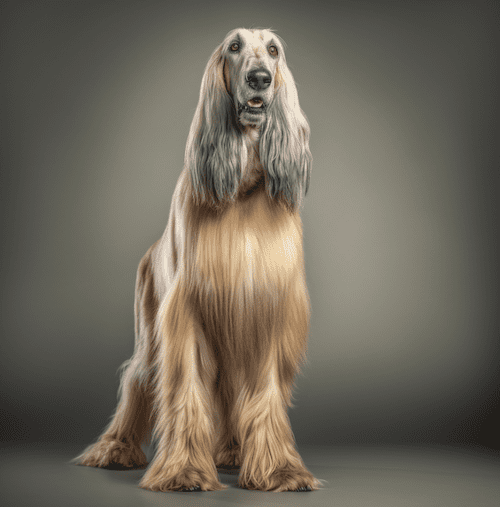
Despite its long, flowing coat, the Afghan Hound is a breed that tolerates hot weather quite well. Originating from the deserts of Afghanistan, these dogs have an inner coat that acts as insulation, keeping them cool in summer and warm in winter.
Afghan Hounds are an athletic and independent breed, so they enjoy having space to roam. They’re known for their dignified and aloof nature, but they can also be clownish and playful, showing their spirited side during playtime.
5. Dalmatian
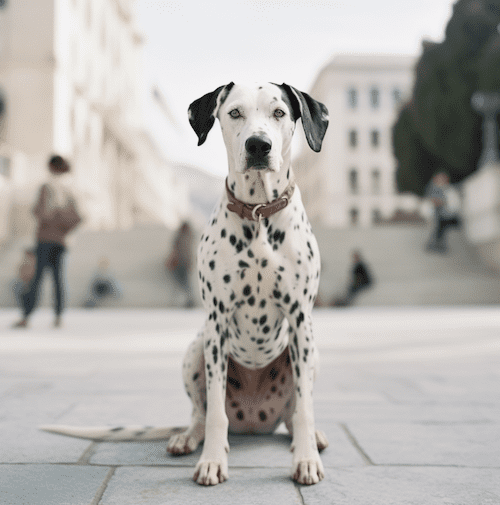
Dalmatians are a breed that is highly efficient at dealing with heat. They have short, thin coats and are known for their endurance and stamina, traits that made them successful coach dogs and firehouse mascots.
These dogs are incredibly active and require a lot of exercise. In hot weather, ensure their activities are during the cooler parts of the day, such as early morning or evening.
6. Italian Greyhound
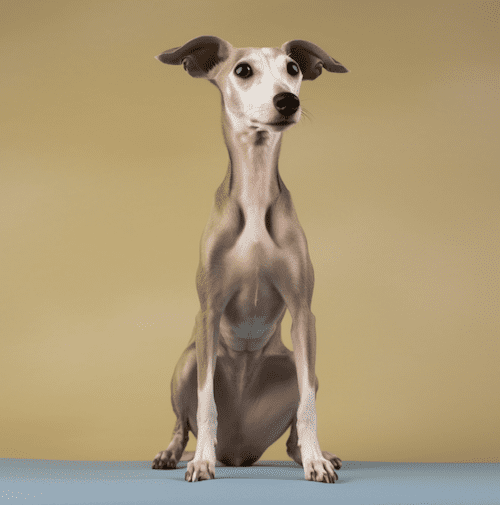
Like their larger Greyhound cousins, Italian Greyhounds are well-suited to warm climates. They have very thin coats and less body fat, which aids in heat dispersion.
Italian Greyhounds are affectionate, playful, and love to be involved in family activities. In the heat, indoor games or short walks during cooler parts of the day can help keep them active without overexertion.
7. Doberman Pinscher
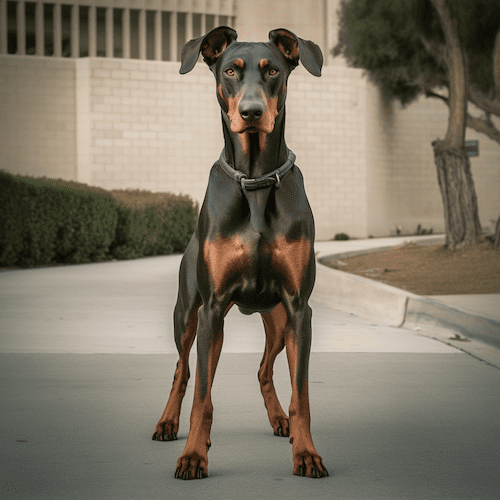
With their short, thin coat, Doberman Pinschers can tolerate and even enjoy the heat. This breed is known for its loyalty, intelligence, and strong guarding instincts.
Dobermans are a very active and athletic breed, needing lots of physical exercise and mental stimulation. In the summer months, adjust their exercise schedule to prevent overheating.
Why It’s Important to Choose a Summer-Friendly Breed
Choosing a dog breed that can handle the heat is not just about comfort, it’s about health and safety. Heatstroke in dogs can be deadly.
Therefore, if you live in a particularly hot climate or if you’re planning on being active with your dog outdoors in the summer, selecting a heat-tolerant breed could potentially be a lifesaving decision.
1. Prevention of Heat-Related Illnesses
Dogs cool themselves down mostly through panting, but panting alone might not be enough to cool down a dog’s body temperature on a particularly hot day.
Breeds that are more adapted to hot climates have physical traits that help them stay cool, reducing the risk of heat-related illnesses like heatstroke.
2. Comfort and Happiness
Just like humans, dogs want to be comfortable. A dog that is constantly overheating will not be happy, which could lead to behavior issues and a decreased quality of life.
A comfortable dog is a happy dog, and a happy dog leads to a happier home environment for everyone.
3. Active Lifestyle Compatibility
If you’re an active person who loves to spend time outdoors in the summer, having a dog that can handle the heat is crucial.
These breeds will be more likely to enjoy, and safely participate in, activities like hiking, jogging, and playing fetch even when the temperature rises.
Remember, choosing a dog breed is not a decision to be made lightly. Each breed has unique characteristics, needs, and care requirements. The heat tolerance of a breed is just one of many factors to consider when deciding which breed is the best fit for your lifestyle and family.
Remember Your Canine Friend This Summer
While the summer brings with it the promise of sunny days and outdoor activities, it’s crucial to consider our pets’ comfort and well-being.
Heat can be tough on dogs, but by choosing a heat-tolerant breed and following these guidelines, you can help your furry friend have a fun and safe summer.
Remember, it’s not just about the breed; taking appropriate steps to protect your dog from the heat is important, no matter what breed they are.
Be it providing plenty of water, giving them a cool place to rest, or avoiding the midday sun – it all counts when it comes to keeping your canine companion safe from the summer heat.
The Role of Proper Care in Heat Management
Even though certain breeds are more adapted to hot climates, all dogs require proper care during summer to prevent overheating and other heat-related issues.
Owning a dog, regardless of the breed, means being responsible for its well-being all year round.
1. Regular Vet Checks
Scheduling regular check-ups with the vet is essential to ensure that your dog is in good health, especially during the summer months. Your vet can provide tailored advice based on your dog’s breed, size, age, and overall health.
2. Optimal Hydration
Ensuring your dog has constant access to clean, fresh water is crucial. Dogs often need more water during the summer to help regulate their body temperature.
3. Adequate Shelter
If your dog spends a lot of time outside, make sure there’s enough shade to protect them from direct sunlight. An ideal outdoor space for a dog would include a sheltered area with plenty of airflow.
4. Right Nutrition
Diet plays a crucial role in maintaining your dog’s overall health, including its ability to cope with heat. Some foods can even help to keep your dog hydrated, so consult with your vet for dietary advice.
Ultimately, having a dog is a huge responsibility. It’s important to adapt our routines and take necessary measures to make sure our dogs are safe and comfortable during the summer months, regardless of their breed.
Summer can be an exciting time for both dogs and their owners; let’s ensure it’s also a safe one.
Conclusion
When the mercury rises, some dogs are better equipped to stay cool and comfortable.
Whether it’s the slim Greyhound or the petite Chihuahua, each of these breeds offers a unique set of characteristics that make them ideal for those long, hot summer days.
But remember, no matter the breed, every dog needs protection from extreme temperatures. Always provide ample shade, fresh water, and try to walk them during the cooler parts of the day.
Frequently Asked Questions
1. Do all dogs struggle in the heat?
Not all dogs struggle with the heat. Some breeds, like those mentioned above, are naturally better suited to handle hotter climates due to factors such as coat type, body structure, and ancestral environment. However, all dogs can suffer from heat-related issues if not properly cared for.
2. How can I keep my dog cool during summer?
Regardless of breed, you can keep your dog cool by providing plenty of shade and fresh water, avoiding walks during the hottest parts of the day, and never leaving your dog in a parked car. Cooling mats and fans can also help make your dog more comfortable.
3. Are certain dog breeds more susceptible to heat?
Yes, breeds with thick, heavy coats or short noses (like Bulldogs, Pugs, and Huskies) can have a harder time with heat and humidity. These dogs are more prone to overheating and may require extra care during summer.
4. How do I know if my dog is too hot?
Signs of heatstroke in dogs include excessive panting, drooling, rapid heartbeat, and lethargy. If you notice these symptoms, move your dog to a cooler area and contact your vet immediately.
5. Can I shave my dog’s coat to keep them cool in summer?
While it might seem like a good idea, shaving a dog’s coat can actually interfere with their natural ability to regulate body temperature. A dog’s coat provides insulation against both cold and heat. It’s best to ask your vet before making major changes to your dog’s coat.
6. How can I exercise my dog when it’s hot outside?
Try to walk your dog early in the morning or later in the evening when it’s cooler. You can also play indoor games or provide puzzle toys for mental stimulation. Swimming can be a great way for dogs to exercise and stay cool in the summer.
7. How much water should my dog drink in hot weather?
Dogs should have constant access to fresh water, especially in hot weather. They will typically drink more when it’s hot to help regulate their body temperature. Make sure to refill their water dish frequently and consider bringing a portable water bowl on walks.
Additional Tips for Keeping Dogs Cool
While certain dog breeds can better endure the heat, it’s vital to ensure your dog’s well-being during the hot summer months. Here are some additional tips to keep your dog cool, irrespective of their breed.
1. Invest in a Kiddie Pool
Some dogs absolutely love water! A small, child-sized pool can be a great way to keep dogs cool during the summer. Fill it with water and let your dog splash around, but make sure the water isn’t too deep for smaller dogs.
2. Provide Indoor Entertainment
When it’s too hot for outdoor activities, keep your dog entertained indoors. Interactive toys, puzzle feeders, and games can help stimulate their minds and keep them active without the risk of overheating.
3. Offer Frozen Treats
Just as humans enjoy a cold ice cream on a hot day, dogs can also appreciate frozen treats. There are many dog-friendly ice cream alternatives available, or you can make your own by freezing low-sodium broth or dog-friendly fruits.
4. Keep Their Bedding Cool
There are plenty of products on the market, like cooling mats and beds, designed to provide a cool place for your dog to lie down. You could also opt for an elevated bed to increase airflow.
5. Mind The Paws
Remember that hot pavement can burn a dog’s sensitive paws. Try to walk your dog on the grass or dirt where it’s cooler. You can also invest in dog booties to protect their paws.
6. Regular Grooming
Regular grooming is crucial, especially for dogs with longer coats. Brushing helps remove the winter undercoat and allows better air circulation against the skin. Always consult with a professional groomer or your vet before cutting your dog’s hair, as it can serve as a layer of protection against the sun.
7. Watch For Signs of Heatstroke
Know the symptoms of heatstroke in dogs: heavy panting, drooling, increased heart rate, and signs of discomfort. If your dog shows any of these symptoms, move them to a cool place, provide water, and contact a vet.
Summer is a time for fun and relaxation, but always remember to consider your furry friend’s comfort. Enjoy the sunny days, but always stay vigilant against the risks that high temperatures can pose to your beloved pets.
References



